Do you have a question about the TP-Link Omada EAP225-Wall and is the answer not in the manual?
Details the physical components of the access point, including LED indicators, buttons, and ports.
Describes the reset button and Ethernet ports (ETH1, ETH2, ETH3 PoE OUT) located on the bottom of the device.
Instructions on how to detach the faceplate of a junction box using a Phillips screwdriver.
Guidance on inserting and tightening screws to secure the mounting bracket to the junction box.
Steps for connecting the Ethernet cable to an RJ45 plug and then to the EAP's POE IN port.
Procedure for aligning the EAP with the mounting bracket and securing it into place.
Guide to configuring and managing EAPs individually via the Omada App or a web browser.
Instructions for managing EAPs in batches using Omada Software Controller or Hardware Controller.
Details the physical components of the access point, including LED indicators, buttons, and ports.
Describes the reset button and Ethernet ports (ETH1, ETH2, ETH3 PoE OUT) located on the bottom of the device.
Instructions on how to detach the faceplate of a junction box using a Phillips screwdriver.
Guidance on inserting and tightening screws to secure the mounting bracket to the junction box.
Steps for connecting the Ethernet cable to an RJ45 plug and then to the EAP's POE IN port.
Procedure for aligning the EAP with the mounting bracket and securing it into place.
Guide to configuring and managing EAPs individually via the Omada App or a web browser.
Instructions for managing EAPs in batches using Omada Software Controller or Hardware Controller.
| Ethernet WAN | Yes |
|---|---|
| MIMO type | Multi User MIMO |
| Ethernet LAN data rates | 10, 100 Mbit/s |
| Maximum data transfer rate | 867 Mbit/s |
| Maximum data transfer rate (2.4 GHz) | 300 Mbit/s |
| USB 2.0 ports quantity | 0 |
| Ethernet LAN (RJ-45) ports | 3 |
| Power consumption (max) | 25.5 W |
| Power consumption (typical) | 9 W |
| Placement | Wall |
| Certification | FCC, RoHS |
| Product color | White |
| Antenna type | Internal |
| Antenna features | Integrated antenna |
| Antennas quantity | 2 |
| Antenna gain level (max) | 4 dBi |
| Storage temperature (T-T) | -40 - 70 °C |
| Operating temperature (T-T) | 10 - 90 °C |
| Storage relative humidity (H-H) | 5 - 90 % |
| Operating relative humidity (H-H) | 0 - 40 % |
| Security algorithms | 64-bit WEP, 128-bit WEP, 152-bit WEP, WPA, WPA-PSK, WPA2-Enterprise, WPA2-PSK |
| Number of products included | 1 pc(s) |
| Harmonized System (HS) code | 85176990 |
| Depth | 19.7 mm |
|---|---|
| Width | 86 mm |
| Height | 143 mm |
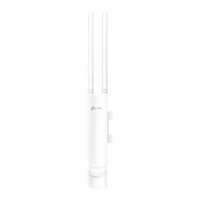
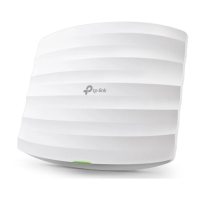
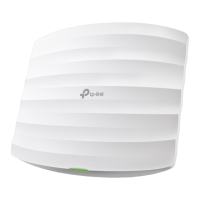


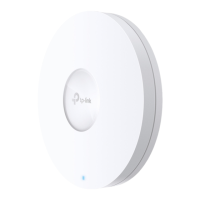
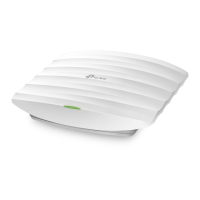
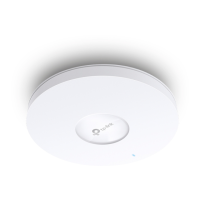
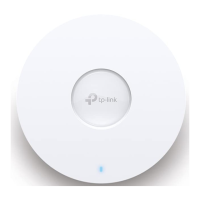
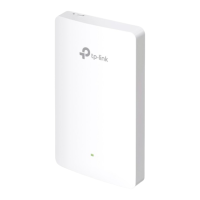
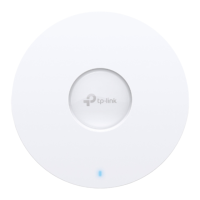
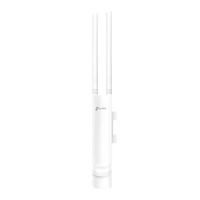
